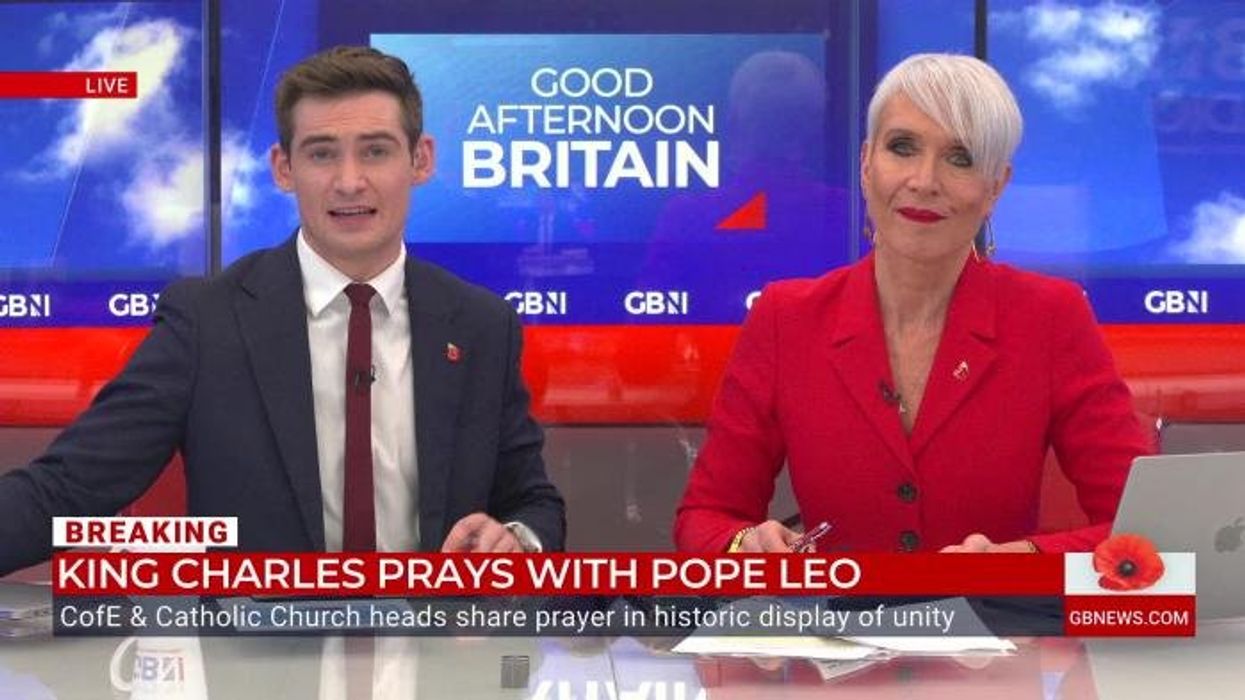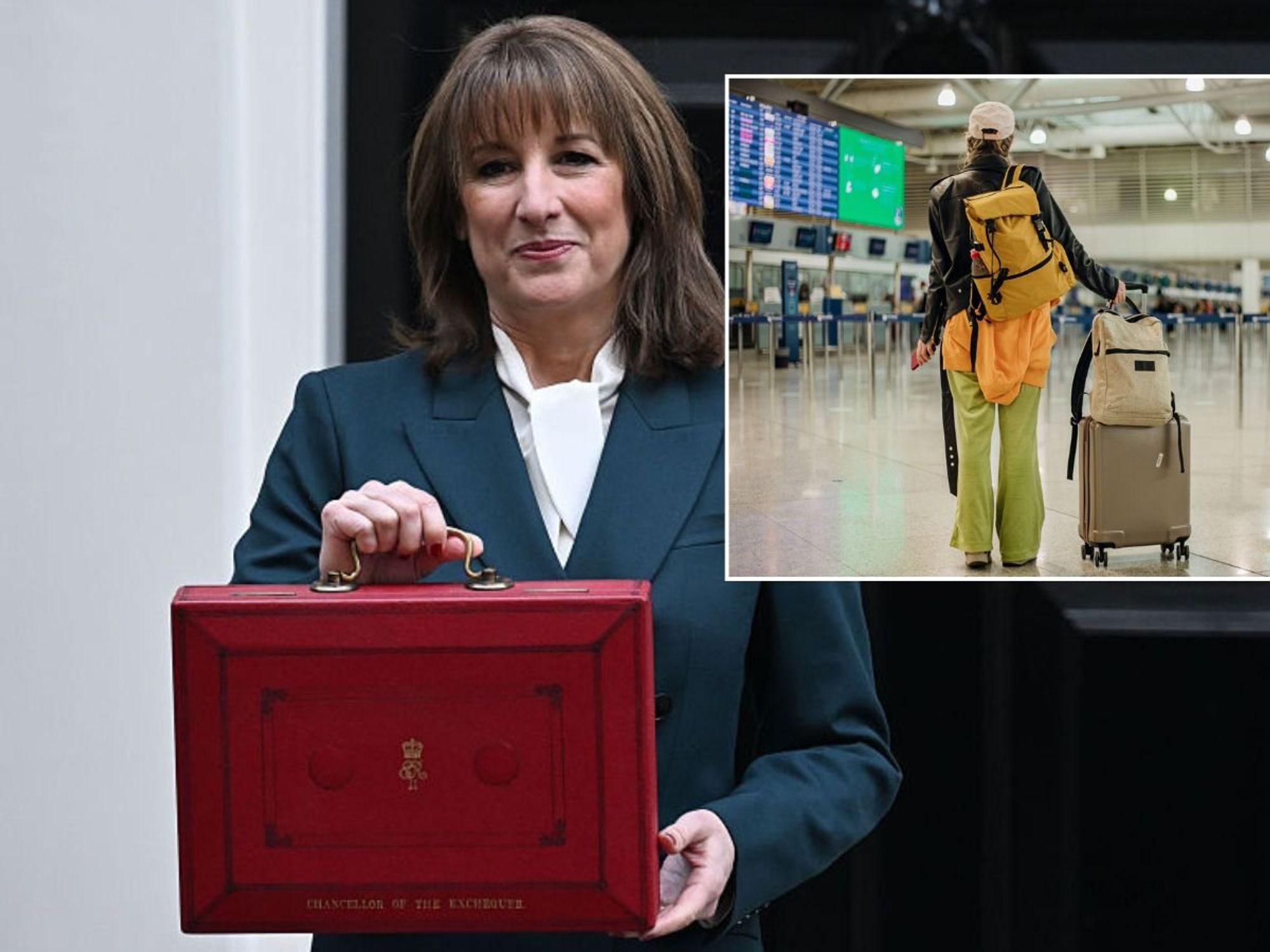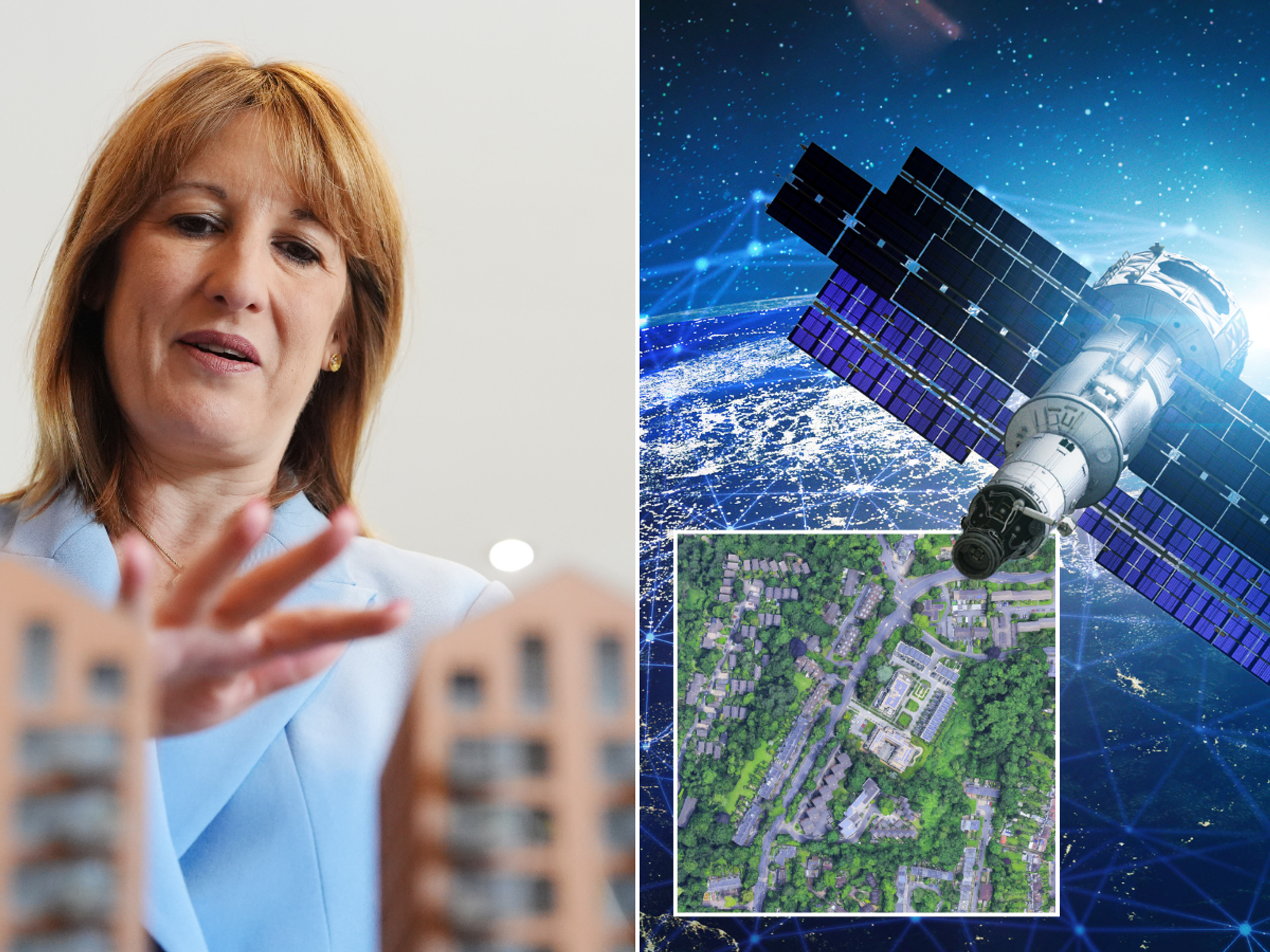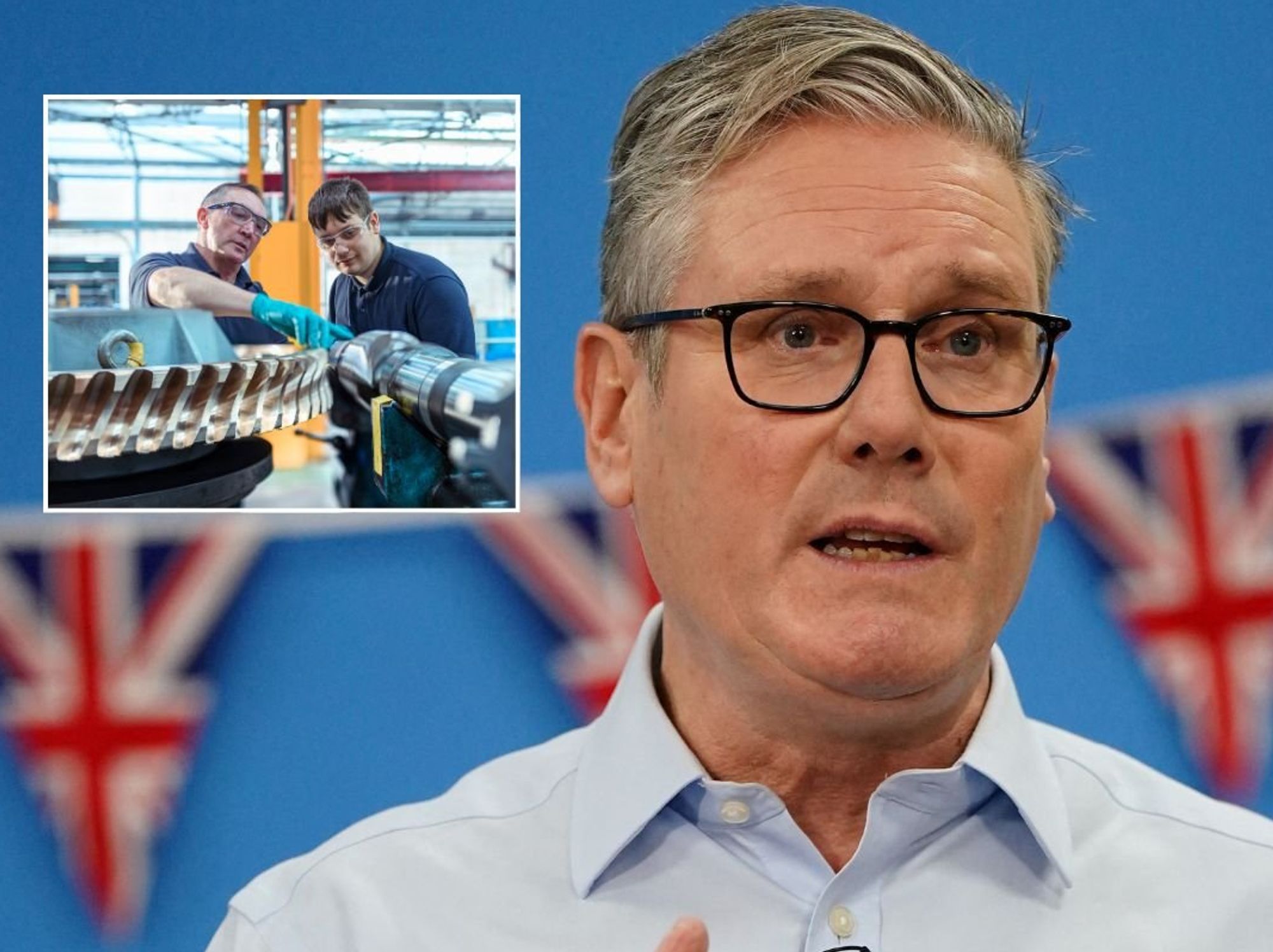Pope Leo breaks with 50-year tradition after historic 1,500-year-old church converted into Mosque

The tradition has been in place since Pope Paul VI's 1967 trip to Turkey
Don't Miss
Most Read
Trending on GB News
Pope Leo XIV has made a telling alteration from over 50 years of papal tradition during his current visit to Turkey.
The pontiff's official itinerary notably excludes Hagia Sophia, the historic Istanbul landmark that previous popes have consistently visited.
This marks the first time since Pope Paul VI's 1967 trip that a pope has omitted the site from their Turkish programme.
Byzantine Emperor Justinian I originally built the stunning cathedral in the sixth century, 1,500 years ago, and it served as Christianity's largest church for nearly a millennium.
It stands as a powerful symbol of the early Church's unity, particularly in its early years.
The building witnessed one of Christianity's most defining moments. In 1054, Cardinal Humbert placed the Bull of Excommunication on Hagia Sophia's altar on behalf of Rome, formalising the permanent split between Catholic and Orthodox churches.
After the Ottoman conquest in 1453, the Hagia Sophia was converted from a church into a mosque.
It remained that way until 1935, when the Turkish government officially secularised the building and turned it into a museum.
This was reversed on July 12, 2020, when Turkish President Recep Tayyip Erdogan converted it from a secular museum back into a functioning mosque.

Pope Leo XIV is excluding a visit to the Hagia Sophia, the first to do so in over 50 years of papal tradition
|GETTY
The Vatican's initial reaction to the 2020 conversion was one of deep disappointment.
Pope Francis broke the Holy See's initial silence just days after the decree was signed, addressing the matter in improvised remarks following his Sunday Angelus in 2020.
"My thoughts go to Istanbul. I think of Hagia Sophia, and I am very saddened," the late pontiff told the gathered faithful.
The recent omission appears directly linked to Hagia Sophia's controversial 2020 conversion.
Witnesses reported that, on Pope Paul VI's visit in 1967, he was overcome with emotion, kneeling and weeping inside the Byzantine structure.
LATEST DEVELOPMENTS
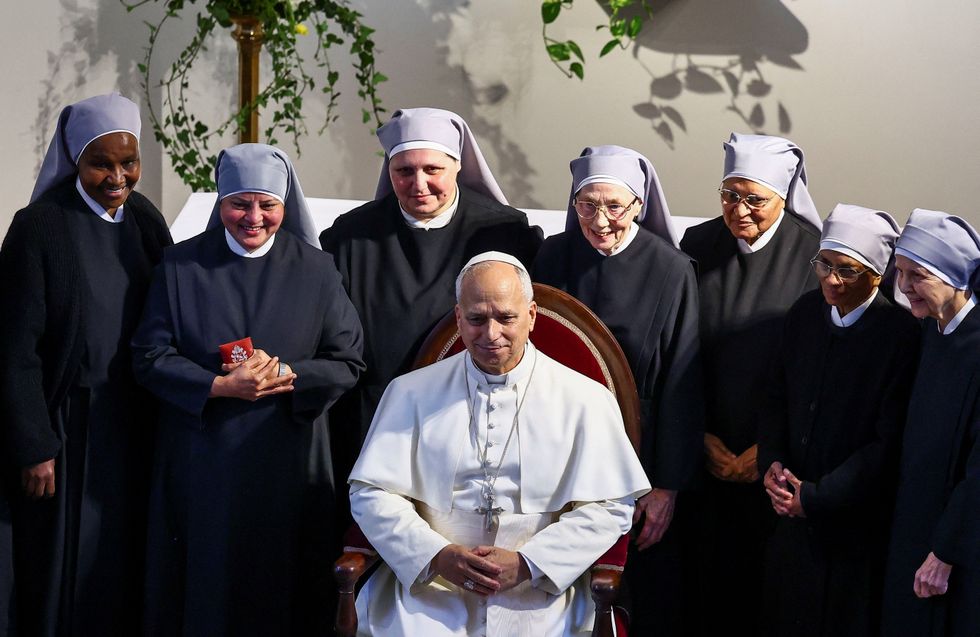
Pope Leo XIV is currently embarking on a visit in Turkey, his first foreign trip
|REUTERS
His successors maintained this practice whilst the building functioned as a museum. Pope John Paul II then made his pilgrimage to the site in 1979.
Pope Benedict XVI followed suit in 2006, combining his visit with prayers at the Blue Mosque as he sought to mend relations with the Muslim world after his controversial remarks about Islam.
The most recent papal visitor was Pope Francis in 2014, continuing what had become an established element of papal trips to Turkey.
By avoiding the site in its restored capacity as a mosque, the Vatican signals it hasn't normalised or accepted the change.
Pope Leo XIV's choice also suggests the Holy See's position remains unchanged since that initial expression of sorrow five years ago.
Vatican experts have offered insights into the diplomatic considerations behind Pope Leo's decision.
Filippo Forlani, a historian at the Pontifical University of the Holy Cross, told Rome Reports that visiting a site that has returned to being a mosque could prove "somewhat complicated" from an inter-religious dialogue perspective.
"And that's why I imagine Pope Leo preferred not to go there," Forlani explained.
Juan Antonio Cabrera from the Pontifical Patristic Institute Augustinianum characterised the move as prudent diplomacy.
He highlighted particular sensitivities around the covering of the building's iconic Christian mosaics since it resumed functioning as a mosque.
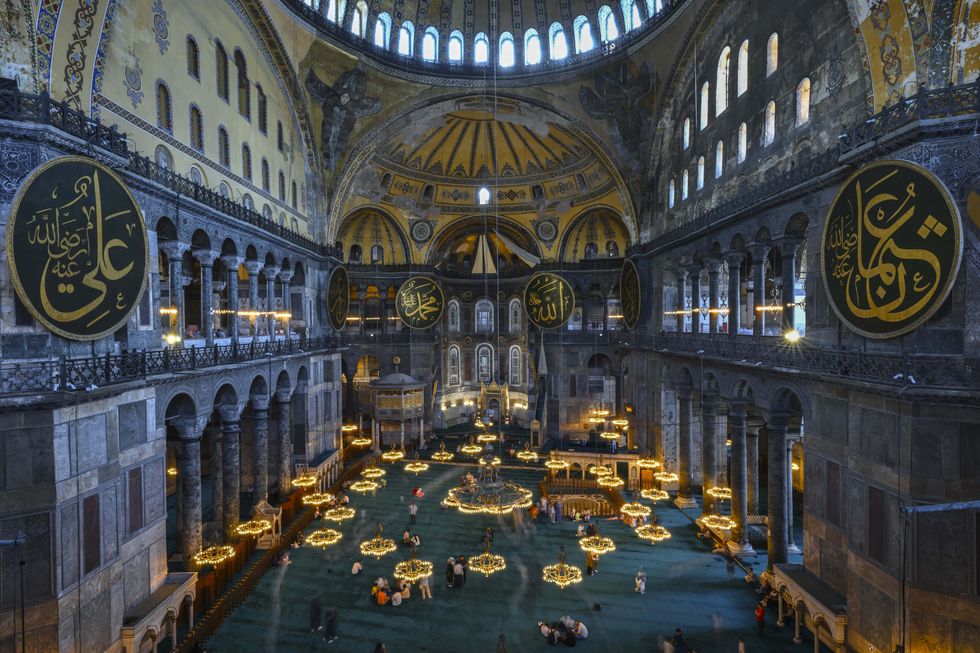
The Hagia Sophia was originally converted to a mosque in 1453 after the Ottoman conquest
|GETTY
"The reason is probably diplomatic, not wanting to hurt certain sensitivities," Cabrera stated.
The decision underscores the careful balance the Vatican must maintain between honouring Christian heritage and nurturing positive relations with Turkey's Muslim majority.
Hagia Sophia holds extraordinary significance for Christianity, particularly for Eastern Orthodox believers.
The name means "Holy Wisdom" in Greek, and the structure represents far more than mere architecture.
Our Standards: The GB News Editorial Charter


